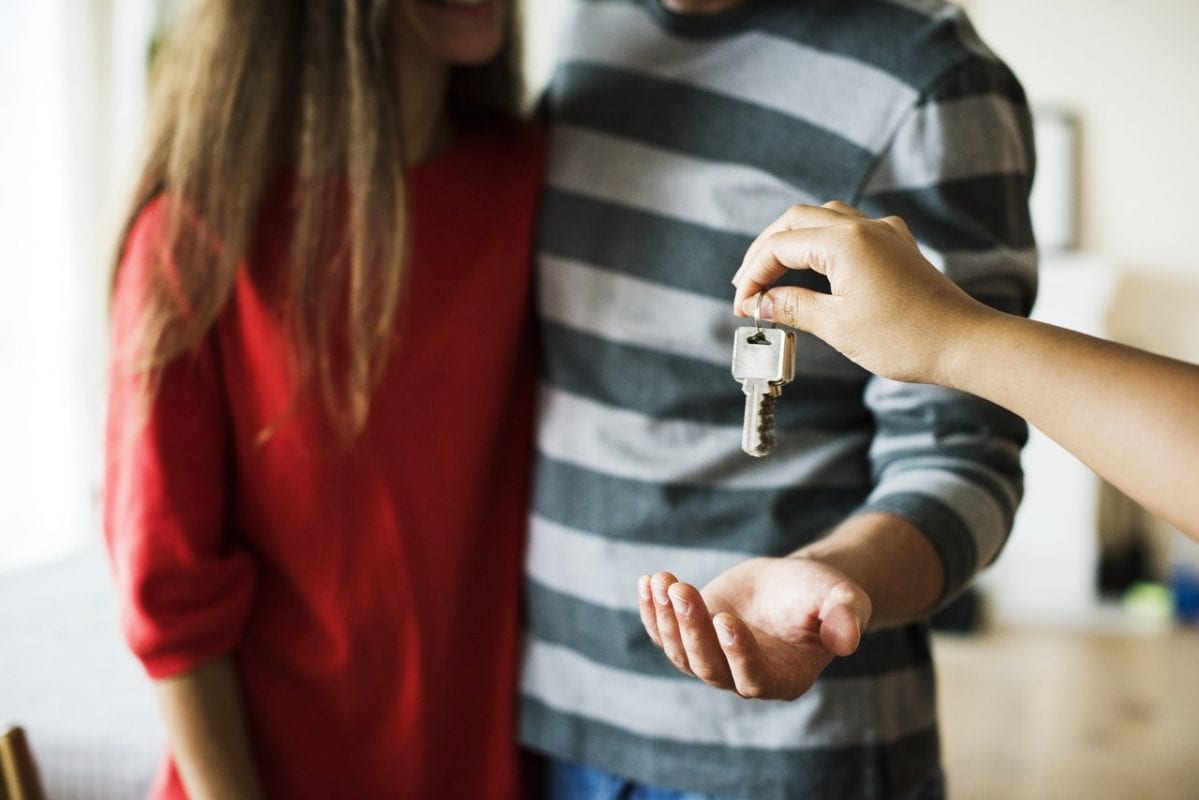Been looking for top tax saving tips for jointly owned properties? Well look no further, here is everything you need to know along with our top tax saving tips.
Reap the Best Benefits
There are considerable savings to be made on UK tax, in the case of jointly owned properties. Civil partners, couples and cohabitees sharing joint ownership of a property that has been rented out are eligible to UK tax refund on a legal basis as per HMRC. This privilege is extended with the provision that all criteria pertaining to the tax deductions are met.
There is, however, no single option that works across all categories of joint ownership; instead the rules change for each case and depend on the type of relationship the co-owners have, as well as the amount in consideration.
There are many complexities and agreements in a tax rebate of this nature, potential candidates are advised to seek expert advice in order to avoid getting stuck at bureaucratic barriers. It pays in more ways than one to obtain expert property tax management advice on clauses and calculations.
Important Tax Factors to consider for jointly owned properties
- Automatic income tax calculations for married couples:
This clause is automatically invoked in the case of married couples. Both individuals are considered as joint owners, by HMRC sharing half and half value of the property. And if one of the couple is a higher rate taxpayer, he or she faces a greater tax exposure. The maximum tax rate calculated is 45% of the rental profits and in a 50:50 ownership, the individual exposed to a higher tax rate (for example 45%) pays more while the partner exposed to a basic tax rate (for example 20%) pays less. What one can do in this instance to save on your tax, is to fix ownership, so the lower rate taxpayer owns a larger percentage of the property where the tax rate applicable is less. Hence, the combined tax outflow is considerably reduced.
This way you may reduce tax exposure by choosing a declaration under Form 17, which is for changing the ratio split on property ownership for tax benefit purposes. The only downside here is if both partners happen to be on the same PAYE Tax Rebates Online tax rate.
About Form 17 For Ratio Change In Joint Income
Form 17 is a declaration of favourable interests in co-owned property and is often used by spouses to legally reduce tax. This is a hugely beneficial declaration which must be properly processed with the help of a tax consultant capable of helping you reap the best benefits in terms of UK tax refunds.
Below are points to keep in mind that you may want to run past a specialist property tax management consultant:
- Spouses must formally declare their willingness to split the property unequally between themselves. This must be done via an amended deed or formal agreement.
- The couple must show that they are ‘tenants in common’ and must not be ‘joint tenants’.
- Form 17 must be submitted within 60 days once both spouses have signed.
- The property must not be owned in equal shares.
- The date the form is declared is considered as the period from which tax is calculated on the unequal share of the property, hence it is wise to submit documents at your earliest opportunity.
- The rental income and benefits of ownership must be the same between both spouses. To elaborate more, the rent benefit or profit ratio enjoyed, must be equal between both spouses.
A beneficial ownership ration will garner a CGT (Capital Gains Tax) in the event of the property being sold. A fact better elaborated on by a qualified property accountant.
Enjoyed this article about Top Tax Saving Tips for Jointly Owned Properties? Click here to get to know about UK PAYE Tax Returns.

